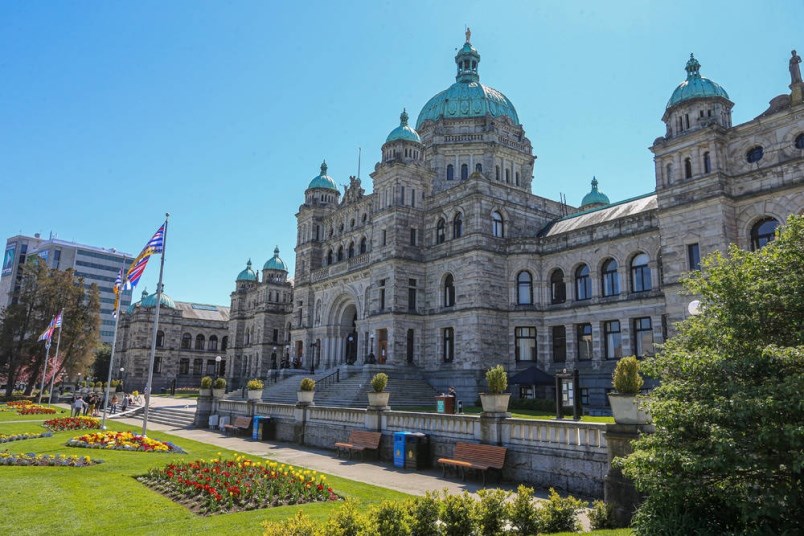British Columbia’s public finances have undergone a stunning deterioration in the last few years, leaving the provincial government with less fiscal maneuvering room and likely heralding a period of austerity ahead—regardless of the outcome of the October 19 election.
Back in February 2024, the NDP government presented a budget showing a $7.9 billion operating deficit in 2024-25, the largest in the province’s history. More recent data point to a further jump in the deficit to almost $9 billion. Moreover, according to the Ministry of Finance, record deficits are set to continue across the forecast horizon. Based on the promises being made by the political parties in the current election campaign, actual deficits may be considerably higher than these already elevated projections.
The recent pattern marks a sharp contrast with the previous decade, when the government frequently posted annual budget surpluses and deficits—when they arose—were kept relatively small. From 2010 to 2021, the government’s deficit never exceeded $1.5 billion—except in 2020-21, amid the worst of the COVID crisis, when the province appropriately chose to run a significant operating deficit. Budget surpluses were recorded every year from 2013-14 through 2018-19. Beginning in 2022, the fiscal trend changed. Premier Eby’s government embarked on an aggressive spending spree and the deficit ballooned to more than $5 billion. The flow of red ink has only gathered force since then. Today, B.C. is running the largest deficit in the country, measured relative to the size of the economy. This represents a dramatic shift from the historical trend.
A return to chronic operating deficits is one factor behind the weakening of B.C.’s overall public finances. The other contributing factor is rapidly growing provincial capital spending—now amounting to almost $20 billion a year.
It is important to note that the accumulated government debt reported in the public accounts reflects both the history of government operating deficits and surpluses, along with ongoing borrowing to fund capital and infrastructure projects across the broad provincial public sector. What the Ministry of Finance defines as the “net” debt was generally well managed over the 2010s, never exceeding 20 per cent of gross domestic product and falling to just 14.4 per cent of GDP in 2018-19. Since 2022, the net debt has exploded in dollar terms and is now rising steeply as a share of GDP.
The latest forecast from the Ministry of Finance has the overall net debt more than doubling in dollar terms between 2022-23 and 2026-27—signalling an unprecedented pace of debt accumulation. This year, the net debt is on course to hit 22 per cent of GDP, before marching higher to 29 per cent of GDP by mid-2027. Never before in B.C.’s history has the province’s public debt been increasing at such a rate.
As recently as 2021, B.C. had one of the best fiscal settings of any province, with a solid track record of balanced budgets or small operating deficits, the second lowest public sector debt load in the country, and a top-tier credit rating. As of 2024, in addition to running the largest deficit in Canada relative to the size of the economy, B.C.’s net government debt is rising faster than in any other comparable Canadian jurisdiction. B.C.’s credit rating has suffered several downgrades, with the risk of more to come. This promises to increase the cost of borrowing to fund the government’s operating deficits and capital spending plan. It will also raise debt-servicing costs on the existing debt, as portions of it are rolled over and refinanced in the next decade.
For B.C. residents, the increasingly parlous state of the province’s public finances points to a period of fiscal austerity in the years ahead. This painful prospect has been studiously ignored by the political parties seeking votes in the October 19 election.
Jock Finlayson is chief economist of the Independent Contractors and Businesses Association. Ken Peacock is chief economist at the Business Council of British Columbia.



